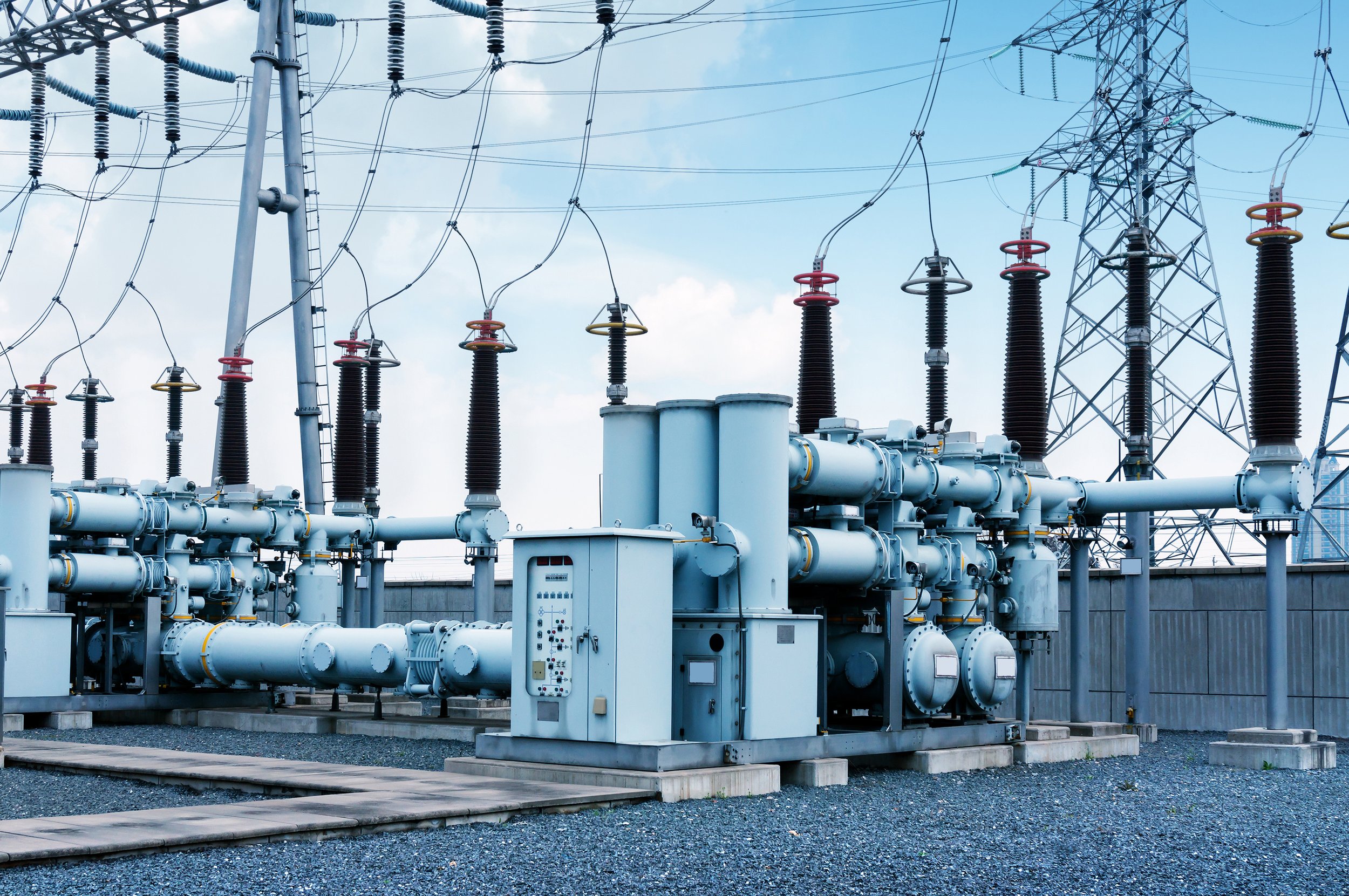AEMO Releases Draft Marginal Loss Factors for Financial Year 2022-23
Fast Facts.
AEMO has released its Draft MLFs for FY2022-23.
The MLFs vary within a range of plus and minus 7% when compared to FY21-22. MLF volatility is most significantly demonstrated in NSW and to a lesser extent Qld, and is driven primarily by the forecast closure of Liddell Power Station.
The largest increases in MLF are Finley Solar Farm (owned by John Laing) and Broken Hill Solar Farm (owned by AGL). The largest decreases are Moree Solar Farm (owned by FRV) and Gunnedah Solar Farm (owned by Ironbark Energy).
Submissions on the Draft MLFs closed on 11 March 2022. AEMO will release Final MLFs on 1 April 2022.
Background
AEMO publishes Marginal Loss Factors (MLFs) each year under clause 3.6.2 of the National Electricity Rules. It has now published its draft MLFs for the FY 2022-23. It expects to publish a final report on 1 April 2022.
AEMO has been criticised over the past several years for its timeframes and the extent of information that it provides to stakeholders around MLFs, which can have significant implications for cashflows for operating projects. In December 2021, it published a preliminary report on these draft MLFs.
Key Issues
Electricity networks transport electricity generated from power stations across poles and wires, to customers. Through that process, a portion of that electricity is lost as heat. MLFs are a method of calculating and putting a price on those losses, and are therefore a form of market price signal. Lower MLFs financially impact generators because they reduce the revenues received for generation sent to the market.
AEMO sets MLFs each year, and they are subject to change each year based on changes that occur in the market. These changes tend to be caused by:
Changes to the impedance of the transmission network caused by augmentation of the transmission network, such as building new transmission lines. If augmentations decrease the impedance of the transmission network between a connection point and the regional reference node, then the MLF for the connection point will move closer to 1.0; and
Changes to projected power flows over the transmission network that are caused by projected changes to power system demand and generation, including building new power stations, retirement of power stations, and revised electricity consumption forecasts. Put simply, the greater the projected power flow from a connection point to the regional reference node, the lower the MLF.
Over the past several years, as renewable energy developments have risen, the variability of MLFs has increased. This has been a significant issue of concern for both current and prospective developers and investors in the NEM.
AEMO’s Draft 2022-23 MLF Report sets out revised MLFs for generators and loads, many of which have been impacted by the Liddell Power Station closure which is expected to lead to a material reduction of generation within the Hunter region of New South Wales. While overall energy from new generation connections in New South Wales will offset to a large degree the retirement of Liddell, closure will cause a material impact on interconnector flows between Victoria and New South Wales. There has therefore been a range of impacts on MLFs in South West and South New South Wales.
There are of course winners and losers as a consequence of these movements, with MLF impacts ranging from +7% to -7% across the 499 generators modelled by AEMO, around an average of +0.14.
The largest negative movements (reductions greater than 2.8% from prior year) are set out in the table below.
Table 1: Largest Negative MLF Movements Between 2021/22 and Draft 2022/23
| Generator | State | Change |
|---|---|---|
| Moree Solar Farm | NSW | -7.07% |
| Gunnedah Solar Farm | NSW | -6.53% |
| Silverton Wind Farm | NSW | -5.59% |
| Yabulu Steam Turbine (Garbutt 66kV) | Qld | -5.33% |
| Blowering | NSW | -4.07% |
| Hume (Victorian Share) | Vic | -3.95% |
| Jindabyne pump at Guthega | Vic | -3.37% |
| Ladbroke Grove PS Unit 1 | SA | -3.36% |
| Ladbroke Grove PS Unit 2 | SA | -3.36% |
| Banimboola | Vic | -3.27% |
| Dartmouth PS | Vic | -3.27% |
| Glenrowan West Sun Farm | Vic | -2.86% |
| Winton Solar Farm | Vic | -2.86% |
| Generator | State | Change |
| Moree Solar Farm | NSW | -7.07% |
| Gunnedah Solar Farm | NSW | -6.53% |
| Silverton Wind Farm | NSW | -5.59% |
| Yabulu Steam Turbine (Garbutt 66kV) | Qld | -5.33% |
| Blowering | NSW | -4.07% |
| Hume (Victorian Share) | Vic | -3.95% |
| Jindabyne pump at Guthega | Vic | -3.37% |
| Ladbroke Grove PS Unit 1 | SA | -3.36% |
| Ladbroke Grove PS Unit 2 | SA | -3.36% |
| Banimboola | Vic | -3.27% |
| Dartmouth PS | Vic | -3.27% |
| Glenrowan West Sun Farm | Vic | -2.86% |
| Winton Solar Farm | Vic | -2.86% |
The largest positive movements (increases greater than 2.9% on prior year) are set out in the table below.
Table 2: Largest Positive MLF Movements Between 2021/22 and Draft 2022/23
| Generator | State | Change |
|---|---|---|
| Finley Solar Farm | NSW | 7.23% |
| Broken Hill Solar Farm | NSW | 5.44% |
| Port Lincoln 3 | SA | 4.95% |
| Corowa Solar Farm | NSW | 4.79% |
| Cullerin Range Wind Farm | NSW | 4.51% |
| Gunning Wind Farm | NSW | 4.51% |
| Port Lincoln PS | SA | 4.03% |
| Lower Tumut Pumps, dual MLF | NSW | 3.96% |
| Limondale Solar Farm 2 | NSW | 3.93% |
| Hillston Solar Farm | NSW | 3.61% |
| Mackay GT | Qld | 3.57% |
| Junee Solar Farm | NSW | 3.56% |
| Sebastopol Solar Farm | NSW | 3.56% |
| Bannerton Solar Farm | Vic | 3.49% |
| Wemen Solar Farm | Vic | 3.49% |
| Coleambally Solar Farm | NSW | 3.48% |
| Darlington Point Solar Farm | NSW | 3.40% |
| Morgan Whyalla Pump Station 2 PV, Dual MLF (Generation) | SA | 3.38% |
| Kiamal Solar Farm | Vic | 3.33% |
| Barcaldine PS, Lilyvale | Qld | 3.24% |
| Limondale Solar Farm 1 | NSW | 2.96% |
| Sunraysia Solar Farm | NSW | 2.96% |
| Finley Solar Farm | NSW | 7.23% |
| Broken Hill Solar Farm | NSW | 5.44% |
| Port Lincoln 3 | SA | 4.95% |
| Corowa Solar Farm | NSW | 4.79% |
| Cullerin Range Wind Farm | NSW | 4.51% |
| Gunning Wind Farm | NSW | 4.51% |
| Port Lincoln PS | SA | 4.03% |
| Lower Tumut Pumps, dual MLF | NSW | 3.96% |
| Limondale Solar Farm 2 | NSW | 3.93% |
| Hillston Solar Farm | NSW | 3.61% |
| Mackay GT | Qld | 3.57% |
| Junee Solar Farm | NSW | 3.56% |
| Sebastopol Solar Farm | NSW | 3.56% |
| Bannerton Solar Farm | Vic | 3.49% |
| Wemen Solar Farm | Vic | 3.49% |
| Coleambally Solar Farm | NSW | 3.48% |
| Darlington Point Solar Farm | NSW | 3.40% |
| Morgan Whyalla Pump Station 2 PV, Dual MLF (Generation) | SA | 3.38% |
| Kiamal Solar Farm | Vic | 3.33% |
| Barcaldine PS, Lilyvale | Qld | 3.24% |
| Limondale Solar Farm 1 | NSW | 2.96% |
Our Insights
MLFs were never as prominent as they have been over the past several years. In a steady state system dominated by very large centralised generation, losses are generally stable. With the system now changing rapidly, what was historically a standard process with generally minimal implications for investors has become a significant issue, with assumptions, methodologies, and methods of both seeking and incorporating stakeholder consultation being increasingly critiqued as the stakes have become higher. The Adani ALF/MLF Rule Change brought many of these issues to the fore, with investors noting that margins of safety were now being priced into decisions to invest in renewable projects in Australia due to the variability of MLFs released each year.
Given that MLFs are directly related to the revenue that is earned by generators, the critical concern of developers and investors over recent years has related not so much to the absolute levels of MLFs, but the year to year volatility that has surrounded them. This latest Draft provides little comfort. For new investors, MLFs provide signals around where not to invest, at least in the medium term, but for existing investors with sunk assets, annual MLF releases represent no more than windfall gains and losses. Investors in existing generation will be closely monitoring the implications of these Draft MLFs, especially where re-financing is scheduled to occur or where performance has been impacted by other factors such as curtailment. John Laing’s decision to put its investments on hold in Australia in 2019 after booking an $82M writedown on assets, after negative MLFs impacted 11% of its portfolio, is a case in point. [1]
It is important to recognise that MLF risk cannot be diversified, and that this level of revenue volatility which cannot be mitigated or diversified - even when capped and collared as these outcomes may have been – can be difficult to explain to overseas stakeholders who are not accustomed to MLF risk. The current MLF process therefore acts as a somewhat dampening influence on future investment decisions, which is significant given the ambition of the coal closure timetable under Step Change, and the implications of the Eraring closure which exceeds even those forecasts.
As States begin to develop their respective Renewable Energy Zones, we will see the Australian renewables market transparently begin to price the “in-REZ” and “Outside-REZ” costs and benefits. Through this process, the market will receive much greater clarity on the actual risk premia associated with the current annual MLF process, and in investing in the NEM more generally.
[1] Australian renewables projects at risk due to MLFs | Infrastructure Investor
For more information, contact Simone Rennie at srennie@renniepartners.com.au




